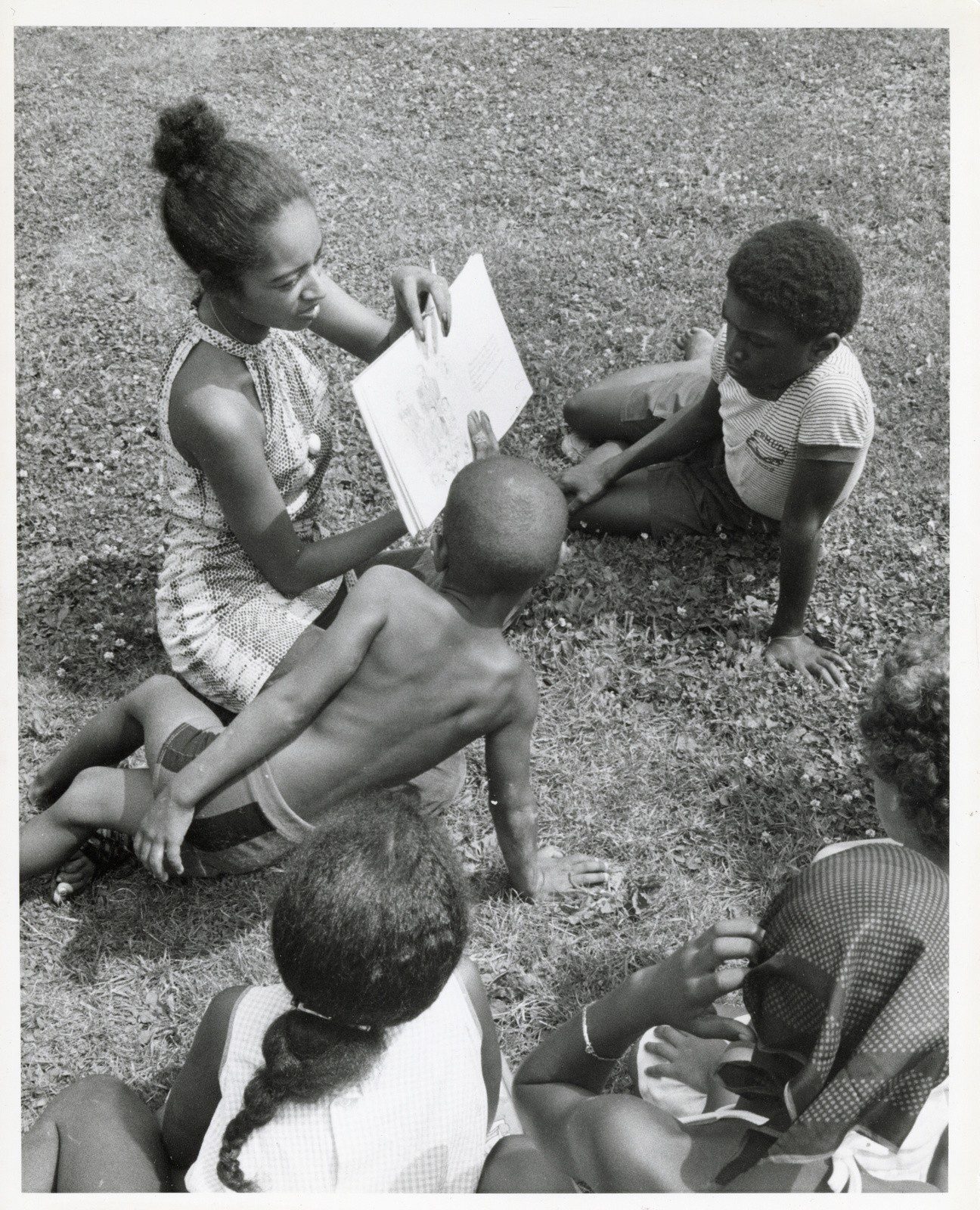BLACK HISTORY MONTH:
a timeline
1970
The first BHM celebration takes place at Kent State University to honour key people of African diaspora and significant events.
1987
United Kingdom officially recognizes February as BHM.
1995
Canada's House of Commons officially recognizes February as BHM.
2008
Senator Donald Oliver, the first Black man appointed to the Senate, introduces the Motion to Recognize Contributions of Black Canadians and February as Black History Month. The adoption of this motion completed Canada’s parliamentary position on BHM.
2010
Ireland officially recognizes February as BHM.

More than four centuries in Canada
Black History Month provides a moment in time to take stock and acknowledge the more than 420-years of contributions and achievements of Black peoples in Canada across all sectors of society.
It all started with the explorer, translator and free man of African descent, Mathieu da Costa who was the first recorded Black person in Canada in the early 1600s.
He worked as an interpreter for French and Dutch traders and explorers in the early 17th century.
The 1600s also witnessed thousands of enslaved Black peoples regularly being transported, sold and auctioned in Quebec and Ontario, as well as in various Maritime provinces until the abolishment of the slave trade more than 230 years later in 1834 in then British North America. In Quebec, historians have found these slaves in parish records.
Records of enslaved Black peoples have been omitted from Canadian history books. Instead, the focus has been on the more polite narrative of abolitionists who helped African Americans flee the United States through networks known as the Underground Railroad.
Read more about Black History in Canada and a few of many notable Black Canadians in history. While this list is far from exhaustive, it provides a small glimpse into Black Excellence across many sectors of our society.

